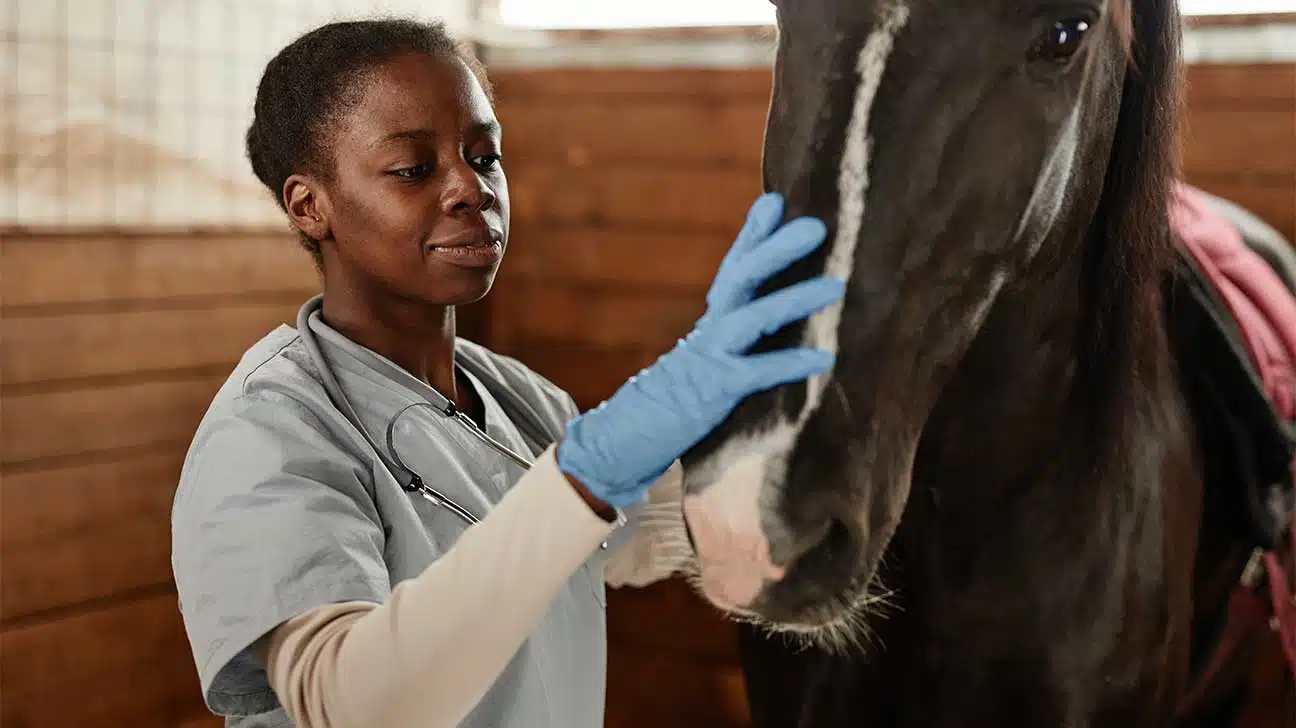
Many recent opioid deaths involve a drug called “tranq,” warns the Centers for Disease Control and Prevention (CDC).
Between January 2019 and June 2022, the percentage of fatal overdoses that involved tranq rose from 2.9% to 10.9%.
This drug is not meant for human consumption and is often mixed with fentanyl, another highly dangerous substance.
What Is Tranq?
“Tranq” is a street name for xylazine, a tranquilizer drug designed for horses, cattle, and other non-human mammals.
Xylazine’s effects include:
- muscle relaxation
- sedation
- reduced blood pressure
- reduced heart rate
- respiratory depression
Veterinarians administer xylazine as an anesthetic before certain medical procedures.
Why Is Tranq Found In Illicit Opioids?
Drug dealers often cut street drugs such as heroin with other substances such as flour, baking soda, and other white powders.
Often, cutting agents include other drugs. For example, fentanyl overdose deaths increased when drug dealers began mixing it into other substances.
Drugs like tranq and fentanyl accomplish two purposes when used as cutting agents.
One, they add bulk to a supply, allowing drug dealers to sell more product. Two, they increase or prolong the effects of the primary drug.
Many of the effects of tranq, including relaxation and sedation, are also effects of opioid drugs such as heroin.
A person with a severe heroin addiction, who may have developed a tolerance for the drug, may use heroin mixed with tranq to intensify its effects.
What Are The Complications Of Mixing Tranq With Opioids?
Individually, xylazine and opioids produce several side effects and complications. Mixing these drugs together can worsen these complications and create additional dangers.
Increased Risk Of Drug Overdose
Because tranq and opioids share several effects, consuming both drugs at the same time can heighten these effects to dangerous levels.
For example, both drugs slow breathing and heart rate. Combining them can cause a person’s heart and breathing to stop altogether.
Both drugs also cause sedation, and consuming them together can lead to unconsciousness that lasts for several hours at a time, leaving the person vulnerable in unsafe environments.
Naloxone Ineffectiveness
When people experience opioid overdose, a drug called naloxone can restore normal breathing patterns, often saving lives.
However, while naloxone is an effective treatment for opioid overdose, it is not effective against xylazine overdose, as xylazine belongs to a different class of drugs.
Note that if you carry naloxone and suspect that a person is experiencing an overdose that involves tranq, you should still administer the medication.
While it will not reverse the effects of tranq, it may still block the effects of the opioids that the person has consumed, which may keep the person alive long enough to receive medical attention.
Side Effects In Humans
For medical purposes, xylazine is used only in veterinary medicine because it is known to produce profound side effects in humans.
In human clinical trials, otherwise healthy volunteers experienced dangerously low blood pressure and a slowed resting heart rate.
These side effects were significant enough that the U.S. Food and Drug Administration (FDA) did not approve xylazine for human use, as the side effects outweighed any benefit that the drug provided.
Tranq Wounds
When treating opioid overdose, emergency room doctors have noticed a common occurrence among people who have used tranq.
Chronic tranq use often causes severe wounds on the arms and legs, and these wounds can occur regardless of the person’s method of drug use. However, injecting drugs can increase the risk of these injuries.
Often, these injuries become infected, tissue is lost, and in some cases, an amputation must be performed.
Find Addiction Treatment Today
For people with substance use disorders, quitting drugs is a challenging and energy-demanding undertaking.
The right support and treatment can help. If you or a loved one needs help overcoming drug abuse, contact Addiction Resource today to discover your options.
Published on July 5, 2023
Addiction Resource aims to provide only the most current, accurate information in regards to addiction and addiction treatment, which means we only reference the most credible sources available.
These include peer-reviewed journals, government entities and academic institutions, and leaders in addiction healthcare and advocacy. Learn more about how we safeguard our content by viewing our editorial policy.
- Centers For Disease Control And Prevention (CDC)
https://www.cdc.gov/mmwr/volumes/72/wr/mm7226a4.htm?s_cid=mm7226a4_w - U.S. Drug Enforcement Administration (DEA)
https://www.dea.gov/alert/dea-reports-widespread-threat-fentanyl-mixed-xylazine - U.S. Food And Drug Administration (FDA)
https://www.fda.gov/media/162981/download
